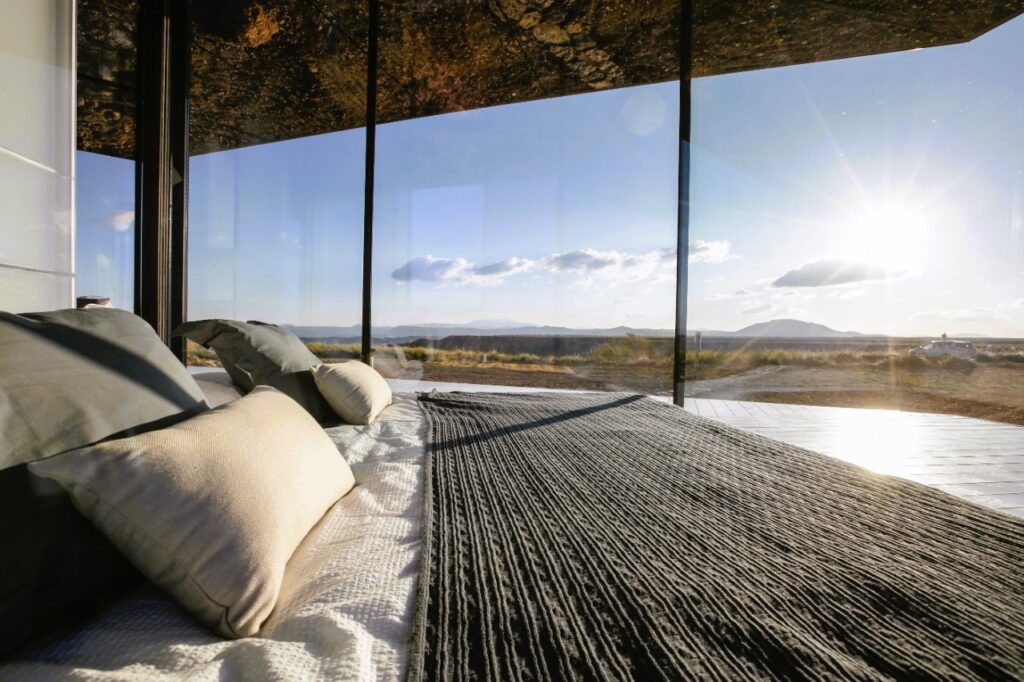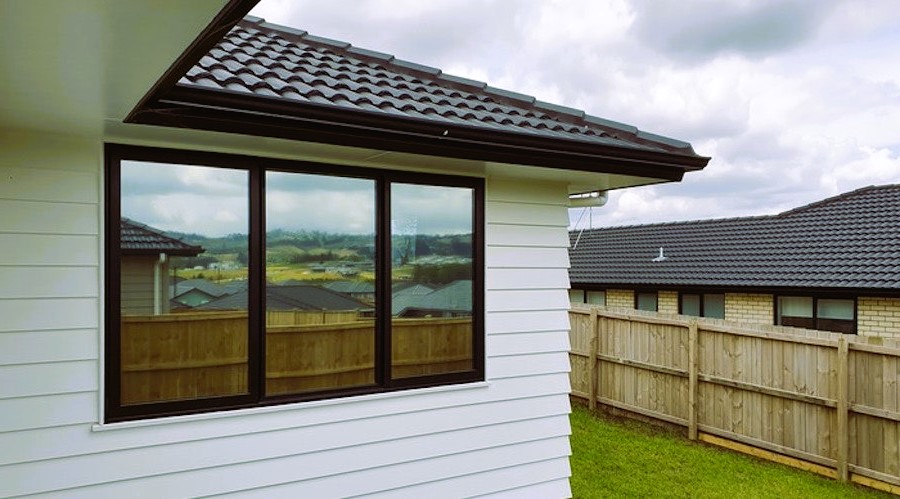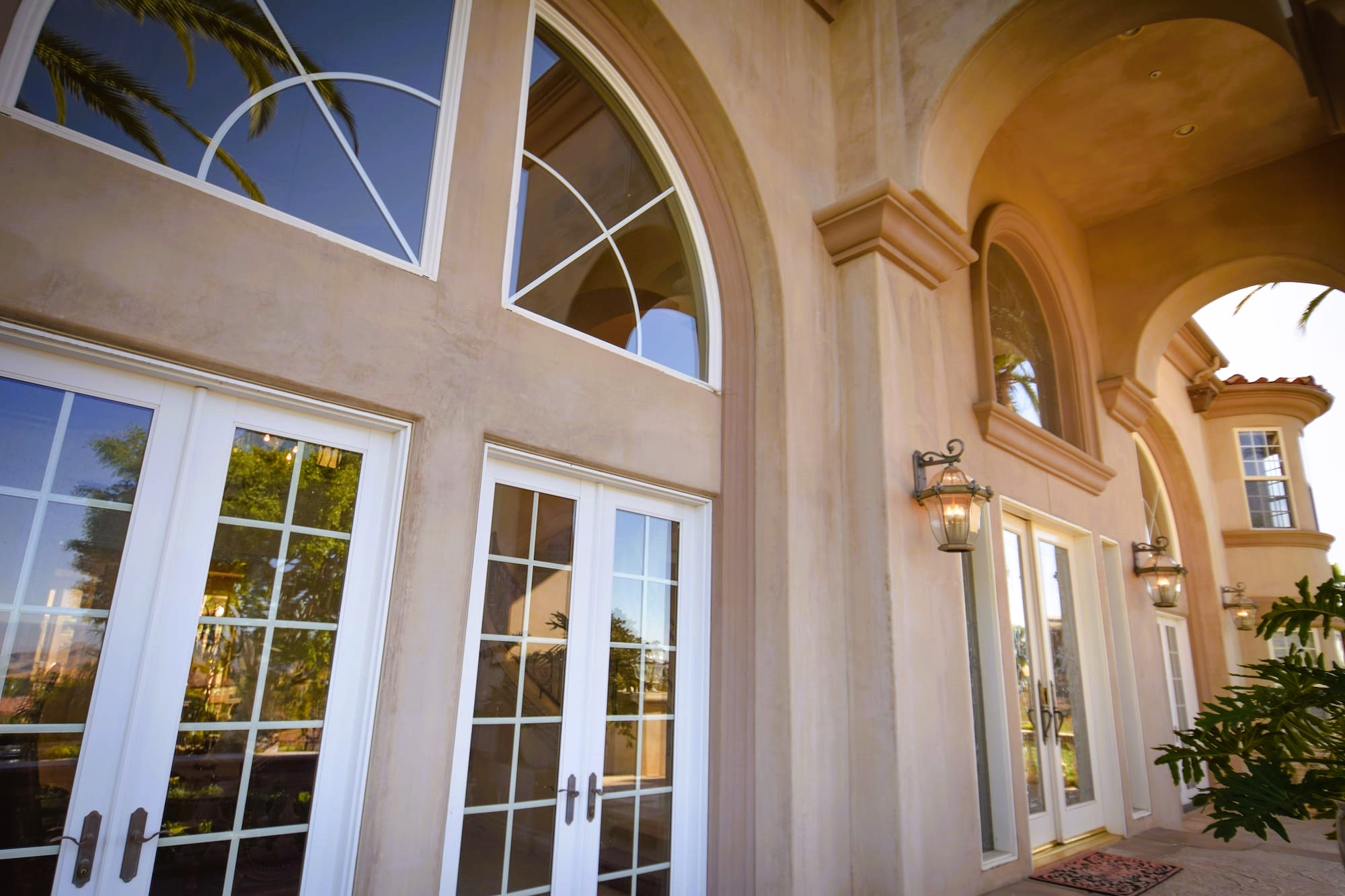Windows are a vital part of any building, providing natural light, views, and a connection to the outdoors. However, the type of glass used in your windows can significantly impact your comfort, energy efficiency, and overall well-being. Tinted and Low-E (low-emissivity) glass windows have gained popularity in recent years due to their numerous benefits. In this article, we will explore the advantages of using tinted and Low-E glass in your windows and how they contribute to a more comfortable and energy-efficient living or working environment.
Tinted Glass Windows
Tinted glass windows are treated with a special film or coating to reduce the amount of visible light and solar heat gain that enters a building. The degree of tinting can vary, from light to dark, depending on the specific needs and preferences of the homeowner or building owner. Here are the benefits of using tinted glass windows:
1. Heat Reduction
Tinted windows are highly effective at reducing the amount of heat that enters your home or office. The tinted coating blocks a significant portion of the sun’s heat, helping maintain a more comfortable indoor temperature during hot summer months. This can result in lower cooling costs and reduced energy consumption.
2. Glare Reduction
Tinted windows also minimize glare from the sun, making it more pleasant to work or relax near windows without the discomfort of excessive brightness. This is especially beneficial for office spaces, living rooms, and bedrooms where glare can be a nuisance.
3. UV Radiation Protection

Tinted glass windows can block a substantial amount of harmful ultraviolet (UV) radiation from the sun. UV rays can cause fading and damage to furniture, artwork, and flooring. By reducing UV exposure, your interior furnishings are better preserved.
4. Privacy
Tinted windows provide increased privacy by making it more challenging for people to see inside your home or office from the outside. This added privacy is valuable, especially for ground-level windows or spaces close to neighboring buildings. Do you like the article? Read about Designing a Stunning Entrance with Large Entrance Doors at our link.
5. Energy Savings
By reducing heat gain, tinted glass windows can lower your energy bills, as you’ll need less air conditioning to maintain a comfortable temperature. This makes them an environmentally friendly choice, contributing to reduced carbon emissions.
Low-E (Low-Emissivity) Glass Windows
Low-E glass is coated with a microscopically thin, transparent layer of metal or metal oxide. This coating reflects heat and UV rays while allowing visible light to pass through. Here are the benefits of using Low-E glass windows:
1. Improved Energy Efficiency
Low-E glass is highly energy-efficient. It reflects a significant portion of the sun’s heat away from the interior during hot weather and helps retain warmth inside during the winter. This results in reduced energy consumption for both cooling and heating, leading to cost savings.
2. UV Protection
Similar to tinted windows, Low-E glass provides excellent UV protection, reducing the fading and damage to interior furnishings. This is especially valuable for homes or buildings with valuable artwork or furnishings.
3. Glare Reduction
Low-E glass also reduces glare from the sun, improving comfort and visibility. This feature is particularly beneficial in workspaces or areas with computer screens.
4. Daylighting
Low-E glass is designed to allow a high level of visible light to enter while blocking the less desirable aspects of sunlight, such as heat and glare. This promotes natural daylighting, reducing the need for artificial lighting and contributing to a more pleasant indoor environment.
5. Environmental Benefits
By reducing energy consumption, Low-E glass windows have a positive impact on the environment. They help lower greenhouse gas emissions and decrease the demand for non-renewable energy sources, such as coal and natural gas.
Choosing Between Tinted and Low-E Glass

The choice between tinted and Low-E glass depends on your specific needs and preferences. Tinted glass is highly effective at reducing heat and glare, providing privacy, and protecting against UV radiation. It is a good choice for applications where heat reduction is a primary concern.
Low-E glass offers superior energy efficiency, UV protection, and glare reduction while allowing ample natural light to enter. It is an ideal choice for environmentally conscious homeowners and businesses that prioritize both comfort and sustainability.
It’s important to note that some modern windows combine both technologies, offering the benefits of both tinted and Low-E glass. These hybrid windows provide a comprehensive solution for energy efficiency and comfort.
Finding More Information on Glass Windows
For more in-depth information on tinted and Low-E glass windows and related standards and guidelines, you can visit Canada.ca website. These resources offer insights into the various types of window technologies and their applications, helping you make informed decisions for your home or building.
In conclusion, the choice between tinted and Low-E glass windows ultimately depends on your specific needs, including heat reduction, UV protection, glare reduction, and energy efficiency. Both options offer numerous benefits, and the right choice will enhance your comfort, reduce energy consumption, and contribute to a more sustainable living or working environment.


